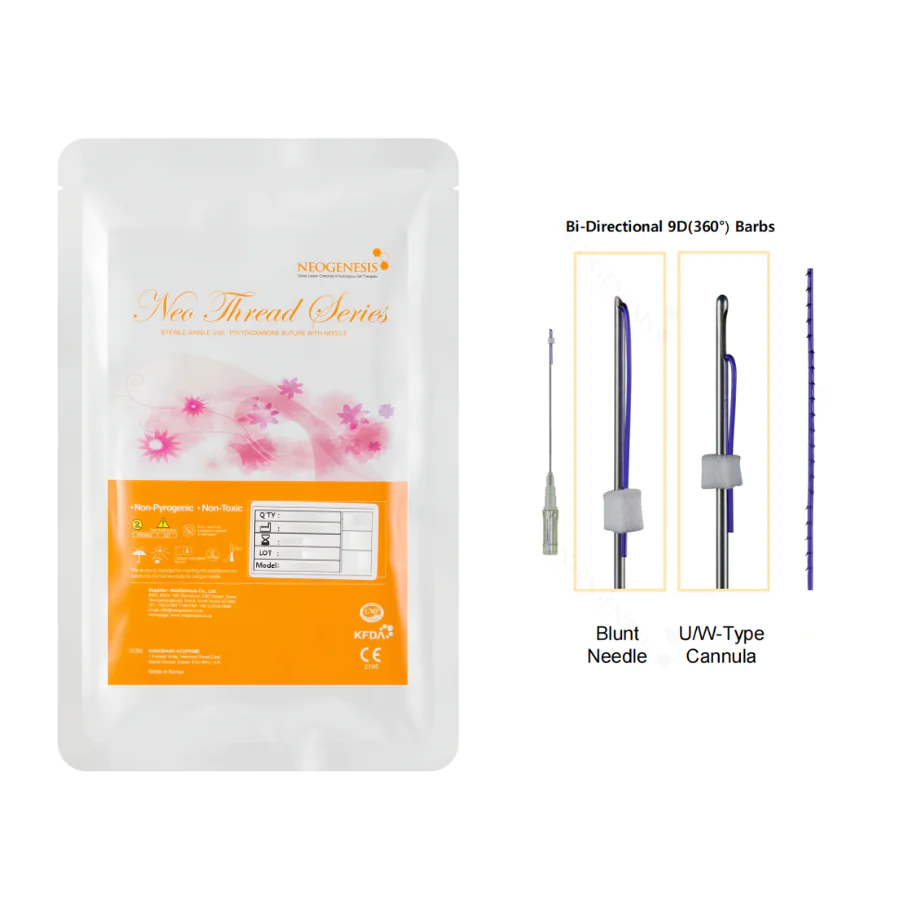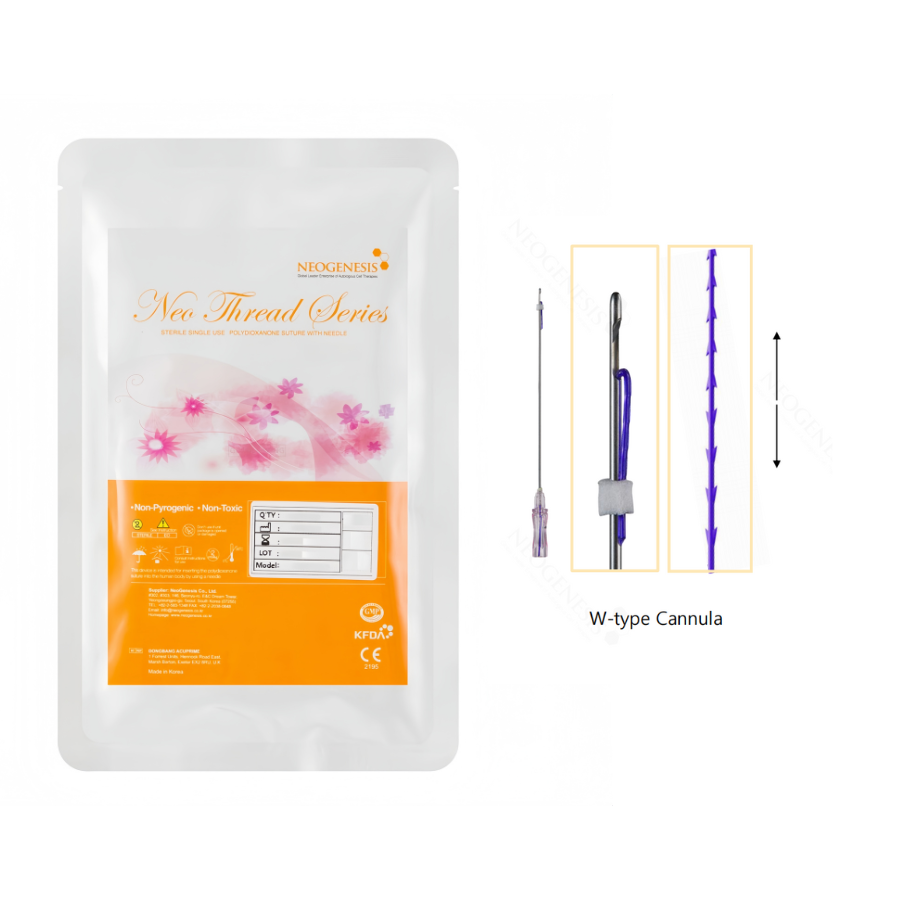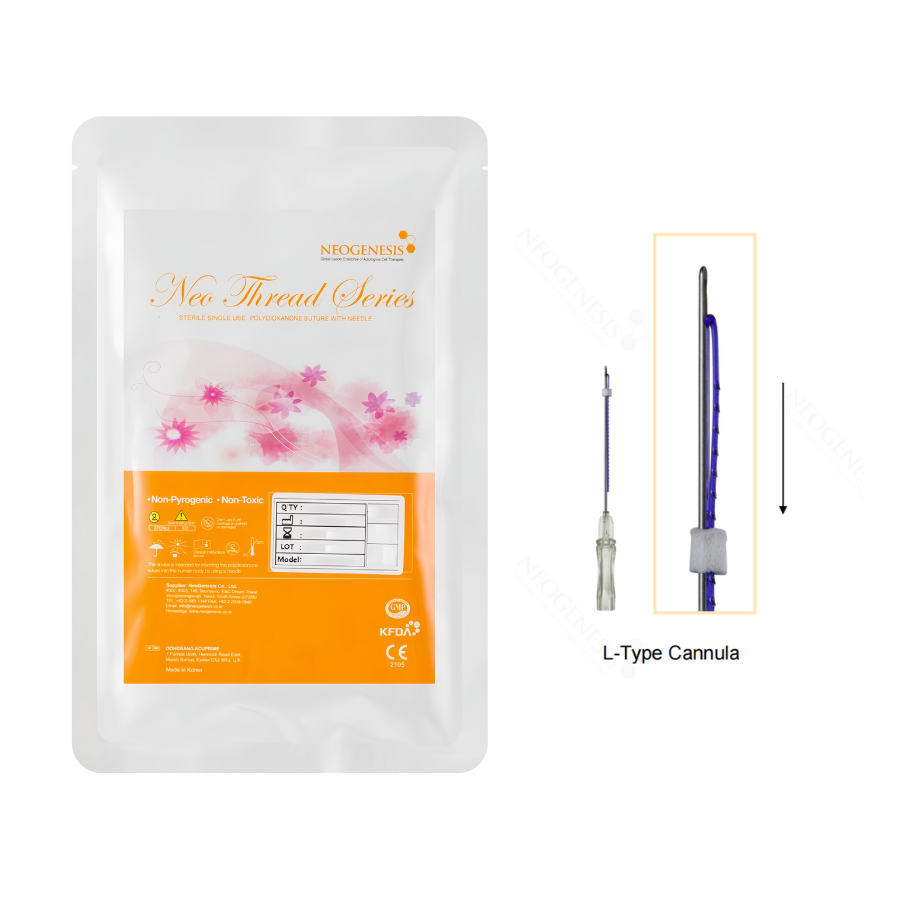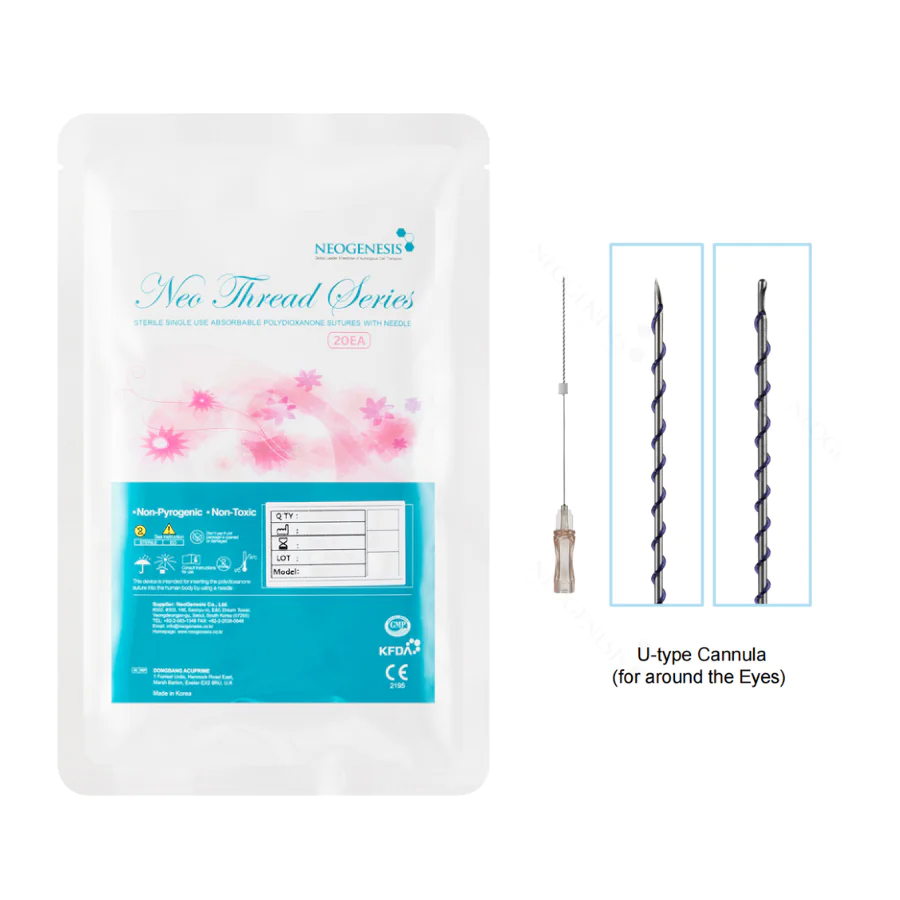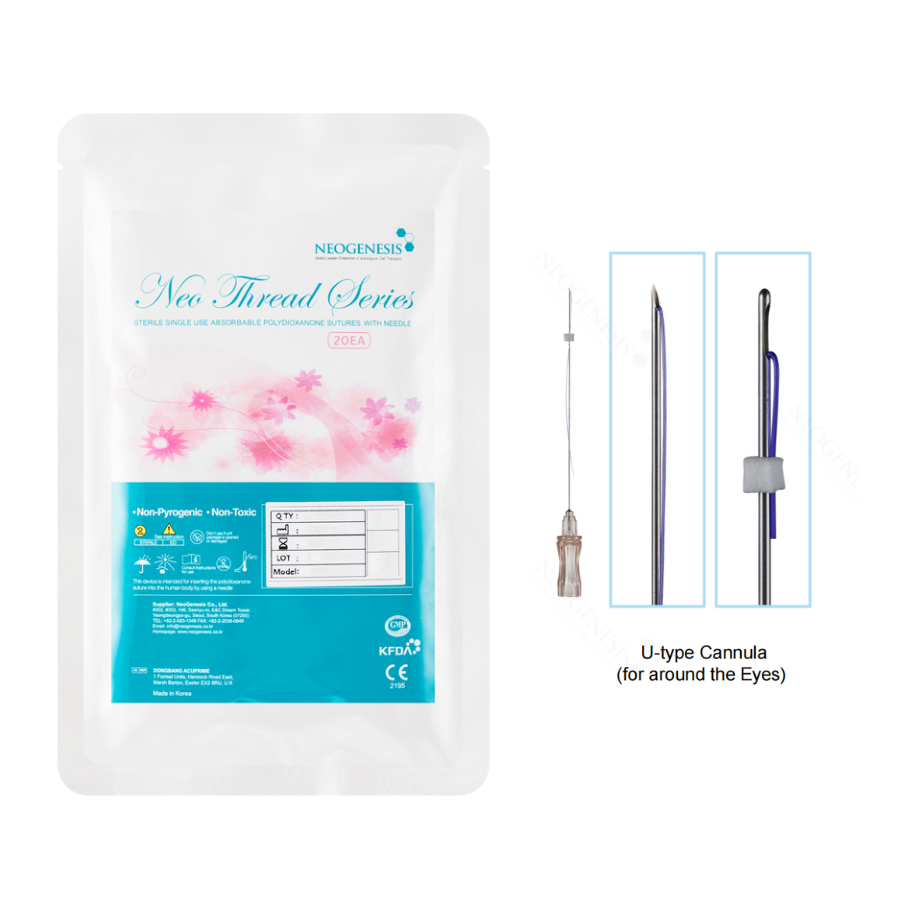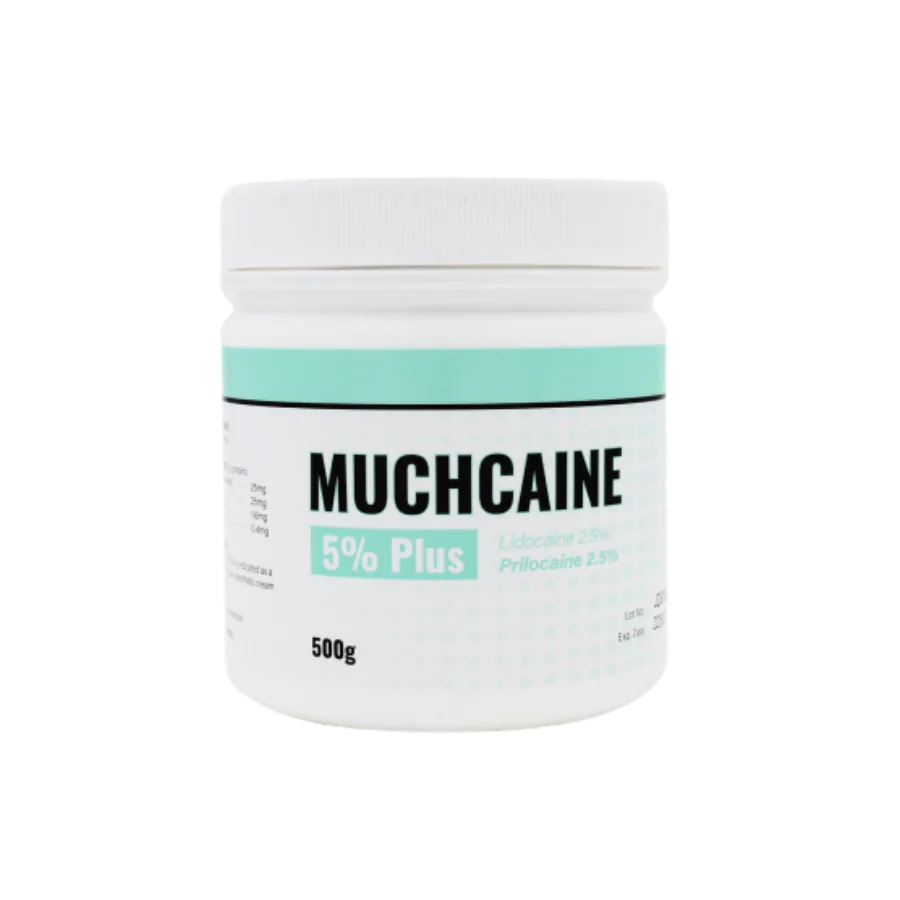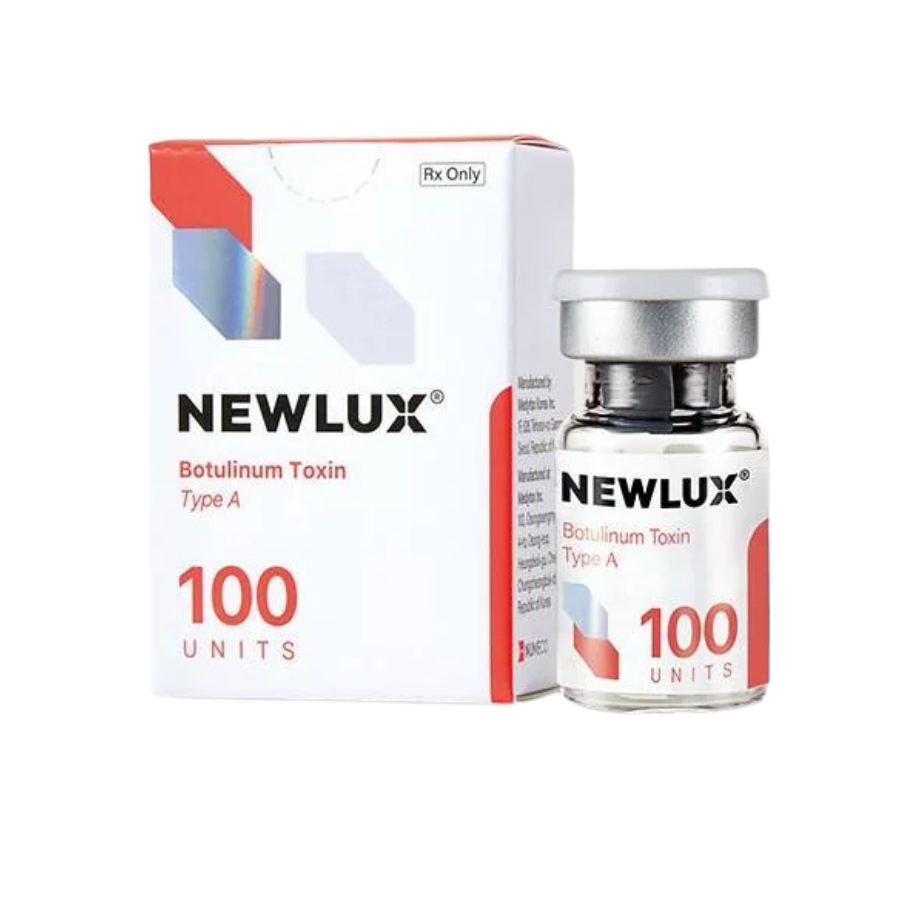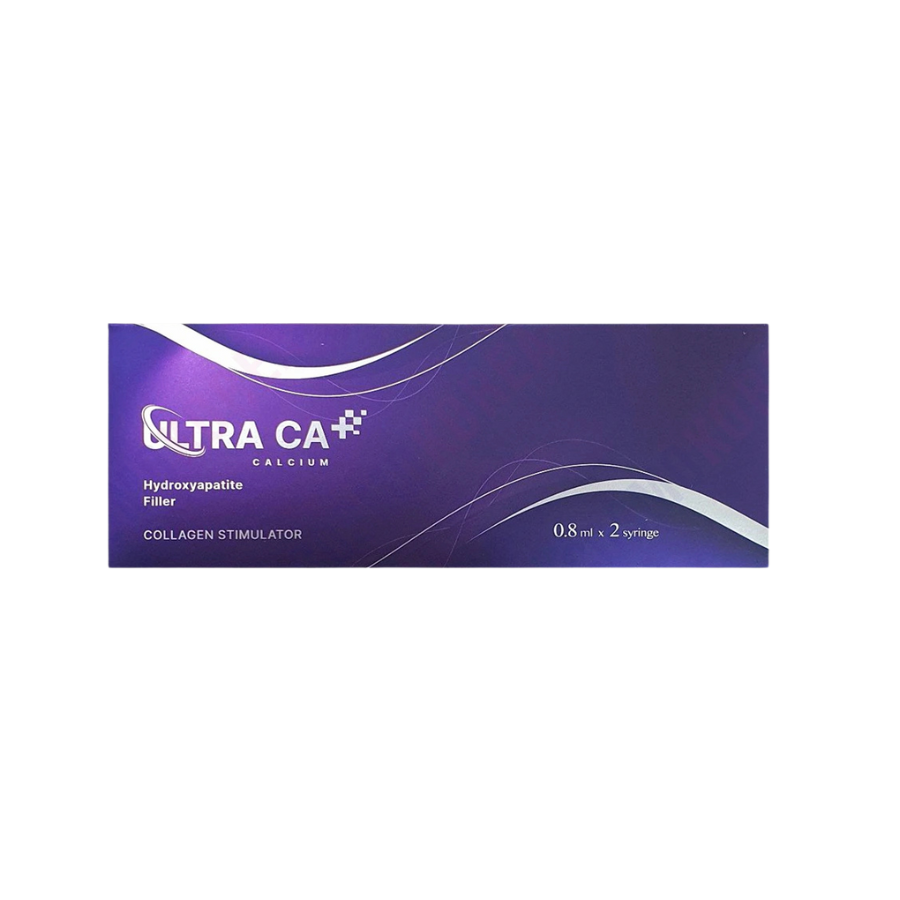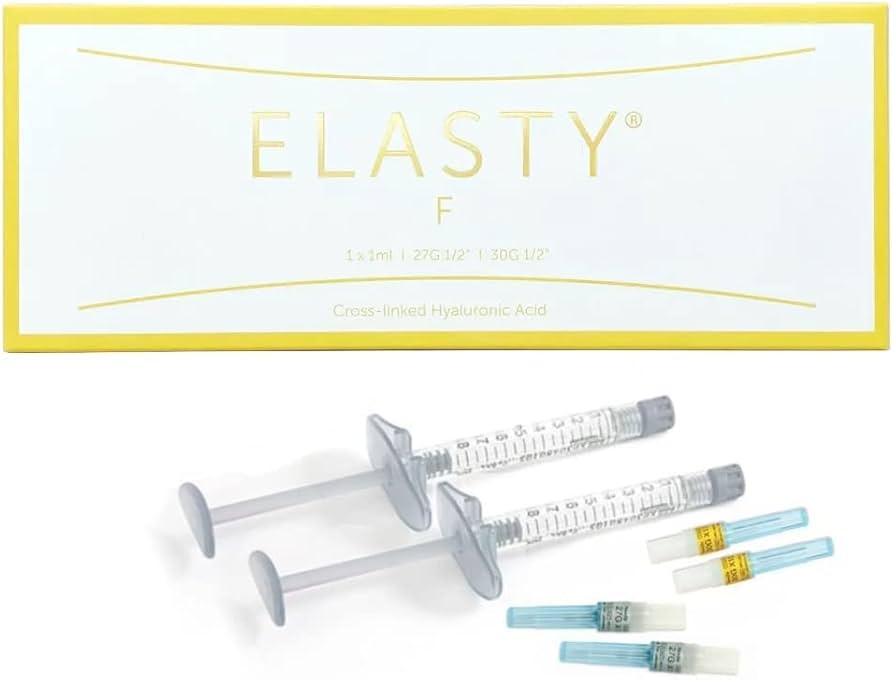Keeping your elastic materials in top shape doesn’t have to be complicated. Studies show that proper care can extend their lifespan by up to 40%. Follow these 4 practical steps to maintain elasticity, prevent wear, and save money on replacements—no fancy tools needed.
Table of Contents
ToggleCheck for Wear and Tear Regularly
Elastic materials lose strength over time, but catching early signs of damage can prevent sudden failures. Research shows that 65% of elastic product replacements happen due to unnoticed wear. A quick inspection takes less than a minute and can save you from costly repairs or replacements. Here’s how to spot trouble before it gets worse.
Why Regular Checks Matter
Elastics in clothing, fitness bands, or industrial applications degrade with use. Friction, UV exposure, and improper storage weaken fibers, reducing stretch by up to 30% over six months. A study by Textile Research Journal found that elastic loses 15% of its recovery ability after just 100 stretch cycles. Ignoring small tears or thinning areas leads to faster breakdowns—especially in high-stress zones like waistbands or resistance bands.
What to Look For
Focus on three key indicators:
- Visible Damage – Frayed edges, small cuts, or “glossy” patches (a sign of overstretching).
- Thinning or Discoloration – Faded or uneven texture means weakened fibers.
- Loss of Snapback – If elastic doesn’t retract quickly, it’s nearing the end of its lifespan.
For precision, use a simple ”Stretch Test”: Hold the elastic at rest, stretch it to its usual length, and time how long it takes to return. Healthy elastic should bounce back in under 2 seconds. Slower recovery means it’s time for replacement.
Common Wear Patterns by Product Type
| Product | High-Risk Areas | Average Lifespan |
|---|---|---|
| Waistbands | Seam attachments, buttonholes | 6–12 months |
| Resistance Bands | Handles, mid-section | 3–6 months (heavy use) |
| Elastic Thread | Knots, repeated stitch points | 1–2 years |
Pro Tips for Longer Lifespan
- Rotate elastic-based items (like workout bands) to distribute wear evenly.
- Avoid direct sunlight—UV rays degrade spandex and latex up to 50% faster.
- Hand-wash when possible; machine agitation accelerates fiber breakdown.
A monthly check takes seconds but doubles the functional life of elastic materials. For critical items (e.g., medical braces or safety gear), inspect weekly. Catching a frayed edge early can mean the difference between a quick fix and a total failure.
Clean Gently to Preserve Elasticity
Elastic materials need proper cleaning—but harsh detergents and rough handling can ruin their stretch. Studies show that nearly 40% of elastic damage comes from improper washing. The right techniques can extend elasticity by up to 2x longer, saving you money and frustration. Here’s how to clean without weakening your elastic bands, waistbands, or straps.
Why Gentle Cleaning Matters
Elastics (like spandex, latex, or rubber threads) break down when exposed to heat, chemicals, and friction. A University of Delaware textile study found that:
- Hot water (above 104°F/40°C) reduces elastic recovery by 22% after just 10 washes.
- Bleach and fabric softeners degrade fibers, making them brittle over time.
- Machine agitation (like spin cycles) stretches elastic unnaturally, leading to permanent deformation.
Best Cleaning Methods by Material
| Material | Safe Cleaning Method | What to Avoid | Drying Tips |
|---|---|---|---|
| Spandex/Lycra | Hand-wash in cool water with mild soap | Hot water, bleach, wringing | Lay flat, no direct sunlight |
| Latex/Natural Rubber | Wipe with damp cloth + vinegar solution | Detergents, alcohol-based cleaners | Air-dry in shade |
| Elastic Thread | Spot-clean with rubbing alcohol (diluted) | Soaking, twisting | Pat dry, no heat |
Step-by-Step Cleaning Guide
- Pre-Treat Stains Carefully
- Use a mix of baking soda + water for sweat stains.
- Avoid scrubbing—gently dab to prevent fiber damage.
- Choose the Right Water Temperature
- Cold water (below 86°F/30°C) is safest for most elastics.
- Hot water shrinks latex and weakens spandex’s recovery.
- Hand-Wash vs. Machine-Wash
- Hand-washing is ideal—soak for 5-10 mins, then rinse.
- If using a machine:
- Place elastics in a mesh laundry bag.
- Use delicate cycle, no spin.
- Drying the Right Way
- Never tumble-dry—heat melts elastic fibers.
- Roll in a towel to absorb moisture, then lay flat.
Common Mistakes That Ruin Elastic
- Using Fabric Softener – Coats fibers, reducing stretch.
- Hanging to Dry – Weight stretches elastic while wet.
- Ironing or Steaming – Direct heat causes cracks.
How Often Should You Clean?
- Workout clothes/elastic bands: After every 3-5 uses (sweat speeds up breakdown).
- Waistbands/bra straps: Every 4-6 wears (unless visibly soiled).
- Medical/compression wear: Follow manufacturer guidelines (often hand-wash only).
When to Replace (Even with Proper Cleaning)
Even with perfect care, elastic weakens over time. Replace if:
✅ Takes longer than 3 seconds to snap back after stretching.
✅ Feels stiff or “crunchy” (a sign of chemical damage).
✅ Shows visible cracks or permanent stretching.
Tip: Store Clean Elastic Properly
After washing, keep elastic items:
- Loosely folded (not stretched).
- Away from humidity (prevents mold).
- In a dark place (UV rays degrade elasticity).
By following these steps, your elastic will stay strong, flexible, and functional for years longer than average.
Store Properly to Avoid Damage
Storing elastic materials the wrong way can silently destroy their stretch—even if you clean and maintain them perfectly. Research shows that nearly 30% of premature elastic failures happen due to poor storage conditions. Whether it’s workout bands, waistbands, or medical braces, how you store them determines whether they last 6 months or 6 years. Here’s what really works.
Elastics are sensitive to three main enemies: heat, tension, and moisture. A study from the International Journal of Polymer Science found that rubber-based elastic loses up to 40% of its elasticity when stored stretched out for long periods. Similarly, spandex fibers weaken when exposed to humidity, leading to mold growth and fiber breakdown. The key is to balance protection with practicality—no fancy storage systems needed, just smart habits.
First, avoid hanging elastic items like waistbands or resistance bands. Gravity slowly stretches the fibers, causing permanent deformation. Instead, fold them loosely or roll them without tension. For smaller elastic components (like hair ties or sewing elastic), keep them in a breathable fabric pouch rather than sealed plastic bags, which trap moisture and accelerate deterioration.
Temperature plays a huge role. Storing elastic in hot environments (like a car trunk or attic) can cause latex and rubber to dry out and crack within months. The ideal storage temperature is between 50-77°F (10-25°C)—room temperature works perfectly. If you live in a humid climate, toss a silica gel packet into the storage container to absorb excess moisture.
Light exposure is another silent killer. UV rays break down elastic polymers, making them brittle. A Textile Research Journal experiment showed that elastic left in direct sunlight lost 25% of its stretch recovery in just 60 days. Always store elastic items in dark, opaque containers or drawers—never in clear plastic bins near windows.
For long-term storage (like seasonal sportswear or backup elastic supplies), avoid compression. Stacking heavy items on top of folded elastic (like waistbands in a tight drawer) flattens and weakens the fibers. Instead, use a shallow storage box with dividers to keep items separated and pressure-free.
One often overlooked factor is chemical exposure. Storing elastic near cleaning products, adhesives, or even scented candles can cause the fibers to degrade faster due to off-gassing. Keep elastic items at least a few feet away from household chemicals.
A simple but effective trick for elastic bands and straps is to store them coiled in their natural, relaxed state. If you’ve ever pulled out a resistance band or bungee cord that seemed “tired” and loose, it was likely stored stretched or tangled. For sewing elastic, wrap it around a sturdy cardboard tube (like from paper towels) to prevent kinks and twists.
For elastic-heavy garments (like leggings or swimwear), folding them inside out helps protect the elastic edges from rubbing against other fabrics. If you must hang them (like wetsuits), use wide, padded hangers to distribute weight evenly and minimize stress points.
Test Stretch Performance Often
Elastic materials don’t fail overnight—they give warning signs. Regular stretch tests can predict when your elastic bands, waistbands, or straps are nearing the end of their lifespan. Studies show that checking elasticity every 2-4 weeks catches 85% of potential failures before they happen. Here’s how to test like a pro—no special tools needed.
Why Frequent Testing Matters
Elastic fibers degrade gradually through repeated stretching, heat exposure, and age. The Journal of Applied Polymer Science found that most elastic loses 15-20% of its recovery power before visible damage appears. Without testing, you might keep using compromised elastic in fitness gear, clothing, or medical supports—increasing injury risk or causing wardrobe malfunctions.
Simple Stretch Test Method
- Mark Your Starting Point
- Lay the elastic flat and measure its resting length (e.g., 10 inches).
- Stretch to Normal Use Length
- Gently pull to its typical extended length (e.g., 20 inches).
- Time the Snapback
- Release and count how many seconds it takes to return to within 10% of original length.
Performance Standards by Elastic Type
| Elastic Type | Good Recovery | Warning Zone | Replace Now |
|---|---|---|---|
| Waistbands | Returns in <1 sec | 1-2 sec | >3 sec or stays stretched |
| Resistance Bands | Returns instantly | Slow rebound | Visible thinning or cracks |
| Elastic Thread | Full retraction | Slight sagging | Breaks when stretched lightly |
When to Test More Frequently
- After intense activity (e.g., post-workout for fitness bands)
- Following exposure to heat/moisture (e.g., swimwear after beach day)
- If you notice changes (e.g., clothing fits looser despite no weight loss)
Advanced Testing for Critical Gear
For medical braces or safety equipment:
- Cycle Testing
- Stretch to max capacity 10 times in a row.
- If length increases by >5%, the elastic is fatigued.
- Thickness Check
- Use calipers to measure fiber thickness monthly.
- >15% thinning means reduced durability.
Real-World Failure Signs
- ”Memory Creases” – Permanent fold marks that won’t relax
- Sticky Texture – Latex breaking down chemically
- Uneven Stretching – Some sections tighter than others
Extending Elastic Life Between Tests
- Rotate multiple elastic items (e.g., alternate resistance bands)
- Avoid stretching beyond 150% of resting length during use
- Store properly (see previous section) between uses
When to Stop Testing and Replace
Even well-maintained elastic has a lifespan:
✅ Rubber/Latex – Replace every 6-12 months with regular use
✅ Spandex Blends – Replace every 1-2 years
✅ Elastic Thread – Replace every 3-5 years if unused
Testing takes under 30 seconds but can prevent:
- Snap injuries from broken fitness bands
- Sagging waistbands during important events
- Compression garment failures when you need them most
Make stretch tests part of your regular maintenance routine—your elastic-dependent gear will last longer and perform better when you need it.

